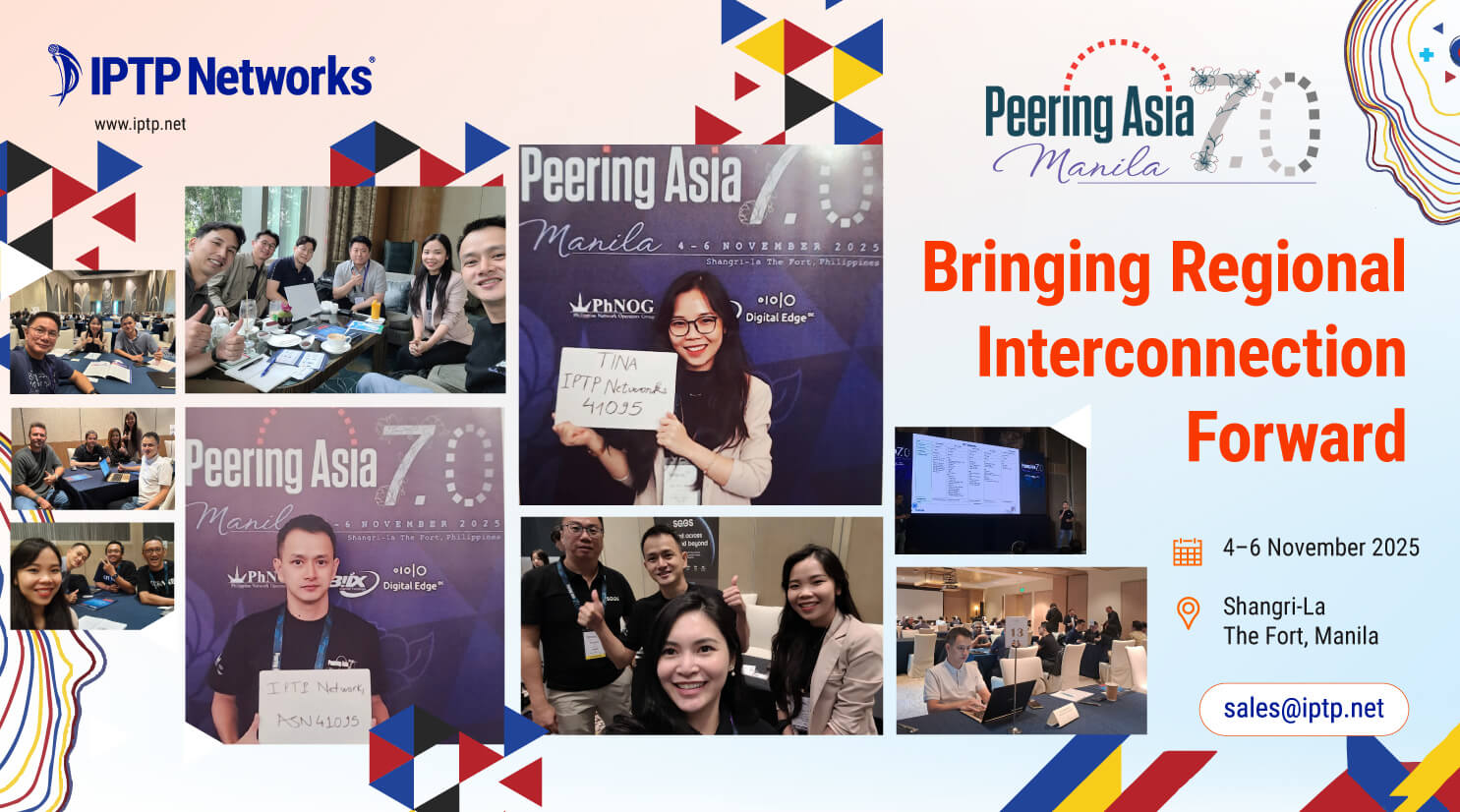IP addresses. From a Single Notebook to a Global Trust: The Story of How the Internet is Numbered

Chapter 1: The Czar, The Visionary, and The RFC
Our story begins not in a boardroom, but in the quiet, collaborative halls of academia. In the 1970s, the nascent ARPANET, funded by the U.S. Defense Advanced Research Projects Agency (DARPA), needed a gatekeeper for its numbers. That role fell to Jon Postel, a researcher at the University of Southern California’s (USC) Information Sciences Institute (ISI). As the “Socket Czar,” he meticulously maintained the master list of all internet numbers in a simple text file. This wasn’t a formal organization; it was a function built entirely on trust. If you needed an IP address, you asked Jon.
As the network grew, this vital function was given a name: the Internet Assigned Numbers Authority (IANA). The title first appeared formally in the 1980s, retroactively naming the role Postel had been performing all along.
The system’s first major crisis was one of scale. Vint Cerf, a principal architect of the internet, foresaw that a single person in California couldn’t manage addresses for a truly global network. He championed a crucial idea: maintain a single, authoritative central registry (IANA) to prevent fragmentation, but delegate the day-to-day allocation to regional bodies. This would create a scalable, hierarchical system.
This vision was codified in RFC 1366 in 1992. It didn’t just suggest; it laid the blueprint for what would become the Regional Internet Registries (RIRs). The plan was set: IANA would hand out colossal blocks of numbers, and these new RIRs would take on the complex job of distributing them within their service regions.
Chapter 2: Building the Pillars of the Internet
The RIRs were established one by one, each a new pillar supporting the growing weight of the internet. They were created chronologically as follows:
- RIPE NCC (Réseaux IP Européens Network Coordination Centre): 1992, serving Europe, the Middle East, and parts of Central Asia.
- APNIC (Asia-Pacific Network Information Centre): 1993, serving the vast and diverse Asia-Pacific region.
- ARIN (American Registry for Internet Numbers): 1997, taking over management for North America from IANA’s direct purview.
- LACNIC (Latin America and Caribbean Network Information Centre): created in 1999 and recognized fully in 2002, after a successful campaign to establish a registry for its specific region, stood out from ARIN
- AfriNIC (African Network Information Centre): 2005, the final RIR, created to serve the African continent, stood out from RIPE NCC
As this structure was forming, a storm was brewing over domain names—the “DNS Wars.” The U.S. government’s contractor, Network Solutions Inc. (NSI), had a lucrative monopoly on .com, .net, and .org. The conflict between NSI’s commercial interests and the community’s desire for an open system created a political crisis. This forced the U.S. government to seek a new model. The result was the Internet Corporation for Assigned Names and Numbers (ICANN), a non-profit entity created in 1998 to bring stability and private-sector leadership to DNS management and, crucially, to take over the IANA functions contractually from the U.S. government.
For an RIR to be officially recognized by ICANN, it had to meet a set of criteria. These were laid out in a foundational document, ICANN Internet Coordination Policy 2 (ICP-2). ICP-2 defined an RIR as a non-profit, neutral body that followed an open and transparent, bottom-up process for developing allocation policies. Both LACNIC and AfriNIC used the ICP-2 framework to make their case. They demonstrated to the global community that they had the support, structure, and processes needed to manage resources for their regions, leading to their formal separation from ARIN and recognition by ICANN.
To provide even more localized distribution, the concept of National Internet Registries (NIRs) was created. An NIR is an organization that operates under an RIR to manage number resources at a country level. There are NIRs for Mexico and Brasil, as they were founding members of LACNIC. NIRs exist for the countries with strong governments in the APNIC region: CNNIC (China), JPNIC (Japan), KISA (South Korea), TWNIC (Taiwan), VNNIC (Vietnam), APJII (Indonesia), IRINN (India). In most cases organizations may choose between membership with APNIC and their local NIR, but it is not possible to obtain Internet number resources from both.
It is not possible to create new NIRs. In a significant decision, the APNIC Executive Council (EC) resolved on February 27, 2012, to impose a moratorium on accepting any new NIR applications while evaluating the future of the NIR program. This moratorium was made permanent with immediate effect at the EC meeting on February 26, 2024, though existing NIRs remain unaffected.
Also, proposal was floated within the RIPE NCC region to create an NIR for the Commonwealth of Independent States (CIS). However, the proposal ultimately failed to gain the necessary consensus within the diverse RIPE community, which favored direct relationships between the RIR and network operators, showcasing the bottom-up policy model in action.
Chapter 3: The Modern Era: Independence, Research, and Scarcity
The final tie to the internet’s U.S. origins was the NTIA contract giving the U.S. government oversight of the IANA functions. On October 1, 2016, this contract was allowed to expire in the landmark IANA Stewardship Transition. This did not transfer power to another government or a UN-style body. Instead, it moved oversight to the multistakeholder model—a global community of technical experts (like the IETF), businesses, academics, governments, and end-users who work together to govern the internet’s resources. Now, ICANN (and its subsidiary PTI, which performs the IANA functions) is accountable to this broad, global community, making IP address distribution truly independent.
Inside the RIRs: Policy, Research, and Structure
RIRs are typically non-profit, membership-based organizations. Their members are the ISPs, companies, and institutions that hold IP addresses and Autonomous System Numbers (ASNs). The rules for how these numbers are allocated—the policies—are not decided by a CEO or board. They are developed through a transparent, bottom-up Policy Development Process (PDP). Anyone can propose a policy. It is then discussed on public mailing lists and at open meetings. Only proposals that achieve community consensus are adopted by the RIR.
Beyond policy, some RIRs are hubs of critical internet research:
- RIPE NCC is renowned for RIPE Atlas, a massive global network of thousands of probes hosted by volunteers. It provides an unprecedented real-time view of the internet’s health, measuring connectivity, reachability, and routing paths. This data is invaluable for network operators and researchers studying the internet’s core infrastructure. Also, RIPE NCC hosts data collections and tools needed for network operators to develop and troubleshoot their interconnections.
- APNIC Labs, led by Chief Scientist Geoffrey Huston, conducts empirical research on internet technologies and operations. They publish extensive data and analysis on topics like IPv6 deployment, BGP routing security (RPKI), and DNS performance, providing essential data to guide the internet’s technical evolution.
IPv4 Exhaustion and the Rise of a Market
By the early 2010s, the inevitable happened: IANA and the RIRs ran out of freely available IPv4 addresses. This IPv4 exhaustion transformed these once-free numbers into a valuable commodity. An IPv4 address block became a tradable asset. RIRs established policies to allow for the transfer of IPv4 addresses between members, creating a legitimate secondary market where address blocks are bought and sold, sometimes for millions of dollars.
A Governance Crisis: The Case of AfriNIC
AfriNIC, the youngest RIR, is also a membership-based non-profit registered in Mauritius. In recent years, it has been embroiled in serious governance crises and court cases. A key conflict began when AfriNIC’s management attempted to revoke a large number of IPv4 addresses from Cloud Innovation, a company registered in Hong Kong, alleging the addresses were not being used according to policy.
This triggered a series of lawsuits in the Supreme Court of Mauritius. The court cases have had severe consequences, including freezing AfriNIC’s bank accounts, challenging the authority of its board and CEO, and creating immense uncertainty. These issues highlight the fragility of the multistakeholder model when faced with determined legal challenges and internal governance disputes, serving as a cautionary tale for the entire RIR system.
Chapter 4: Current Governance and the Imperative for the Future
The RIRs collectively form the Number Resource Organization (NRO). The NRO acts as the official voice of the RIRs and fulfills the role of the Address Supporting Organization (ASO) within the ICANN structure. The ASO’s job is to review and develop recommendations on IP addressing policies and to advise the ICANN Board.
Currently, a key activity for the NRO/ASO is the review of ICP-2. Decades after it was written, the community is re-evaluating the criteria for recognizing new RIRs. This is a crucial self-reflection to ensure the process remains robust and relevant, especially in light of the challenges seen at AfriNIC and the changing nature of the internet.
This entire complex history leads to one, clear, unavoidable conclusion: the importance of implementing IPv6. The IPv4 market is a temporary fix for a problem of scarcity. The internet’s future growth—from the next billion users to the trillions of devices in the Internet of Things (IoT)—is entirely dependent on the vast address space of IPv6. For networks and services, implementing IPv6 is no longer an option; it is a strategic necessity for scalability, innovation, and continued participation in the global internet. Without it, growth stops.
And so, the story that began with one man and a notebook at USC culminated in a system managed by the entire world—a testament to the internet’s remarkable journey from a government experiment to a global public trust.
Our company understands that obtaining IP addresses can be a complex and region-specific challenge, often involving varying regulatory requirements and limited availability in different parts of the world. Leveraging our extensive expertise in global Internet routing and network management, we provide tailored solutions to help you secure the necessary IP addresses for your project efficiently. Whether it involves acquiring new addresses, organizing their optimal routing to ensure performance and reliability, or maximizing the utilization of your existing IP resources, we adapt our approach to meet the unique demands of your project and geographic considerations. Our goal is to streamline the process and enhance your network’s scalability and efficiency on a global scale.
